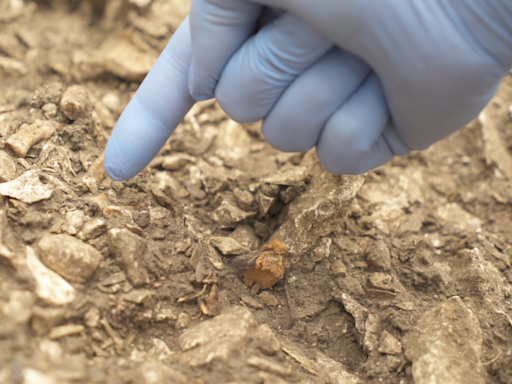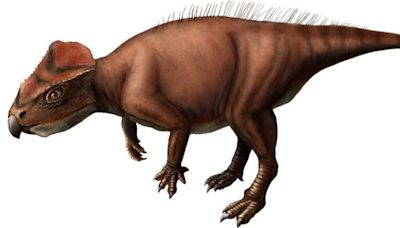Search results
Bringing you authoritative information on taxonomy, legislation, distribution and trade in MEA-listed species. Learn more. Search for Species; Search for CITES Documents
A species is the basic unit of classification and biodiversity, with various ways of defining it based on morphology, genetics, reproduction, ecology and evolution. Learn about the history, challenges and diversity of species concepts, and see examples of different species in the animal and plant kingdoms.
- Overview
- Taxonomy
- GeneratedCaptionsTabForHeroSec
species, in biology, classification comprising related organisms that share common characteristics and are capable of interbreeding. This biological species concept is widely used in biology and related fields of study. There are more than 20 other different species concepts, however. Some examples include the ecological species concept, which desc...
The designation of species originates in taxonomy, where the species is the fundamental unit of classification recognized by the International Commission of Zoological Nomenclature. Every species is assigned a standard two-part name of genus and species. The genus is the generic name that includes closely related species; the gray wolf, for example, is classified as Canis lupus and is a close relative of the coyote found in North America and designated as Canis latrans, their systematic relation indicated by their sharing the same genus name, Canis. Similarly, genera that have shared characters (or traits) are classified in the same taxonomic family; related families are placed in the same order; related orders are placed in the same class; and related classes are placed in the same phylum. This classification system is a hierarchy applied to all animals and plants, as originally set forth by the Swedish naturalist Carolus Linnaeus in the 18th century.
Organisms are grouped into species partly according to their morphological, or external, similarities, but more important in classifying sexually reproducing organisms is the organisms’ ability to successfully interbreed. Individuals of a single species can mate and produce viable offspring with one another but almost never with members of other species. Separate species have been known to produce hybrid offspring (for example, the horse and the donkey producing the mule), but, because the offspring are almost always inviable or sterile, the interbreeding is not considered successful.
Interbreeding only within the species is of great importance for evolution in that individuals of one species share a common gene pool that members of other species do not. Within a single pool there is always a certain amount of variation among individuals, and those whose genetic variations leave them at a disadvantage in a particular environment tend to be eliminated in favour of those with advantageous variations. This process of natural selection results in the gene pool’s evolving in such a way that the advantageous variations become the norm. Because genetic variations originate in individuals of a species and because those individuals pass on their variations only within the species, then it is at the species level that evolution takes place. The evolution of one species into others is called speciation.
Britannica Quiz
Learn about the biological species concept, the ecological species concept, and the genetic species concept, and how they differ in their criteria for classifying organisms. Explore the taxonomy system, the evolution of species, and the examples of species in animals and plants.
Learn the meaning of species as a set of animals or plants with similar characteristics and ability to breed. See examples of species in different contexts and collocations with related words.
Apr 28, 2017 · Learn what a species is, how it is defined by scientists, and how it evolves over time. Explore examples of species, such as polar bears and grizzlies, dogs and wolves, and elephants, and how they are related or different.
Oct 19, 2023 · Learn what a species is and how it is classified based on reproduction, genetics, and habitat. Explore examples of species, hybrids, and conservation issues.
A species is a group of living organisms that are similar and can breed with one another, but the concept is not easy to define. Learn about the different approaches to species classification, the challenges of hybridisation and horizontal gene transfer, and the examples of chimpanzees, bonobos and polar bears.




